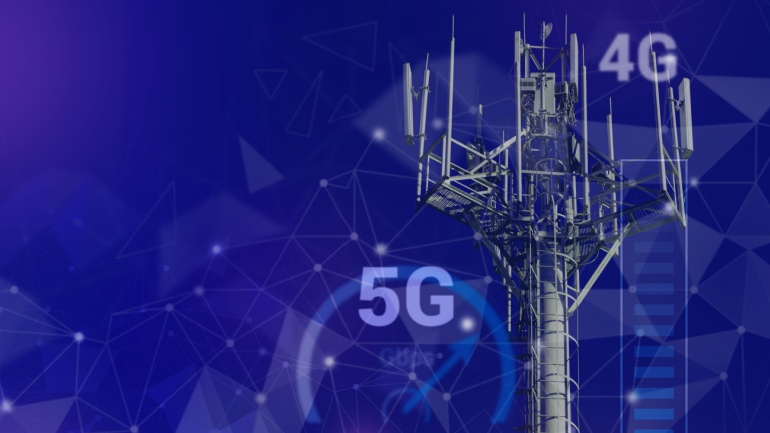Vodafone Spain is collaborating with Ericsson to promote the transformative capabilities of private 5G networks for enterprises. The initiative includes a series of conferences across Spain, showcasing the technology’s potential to revolutionize various industrial sectors.
MS3 Networks, a leading full-fibre network operator, has achieved a significant milestone by surpassing 200,000 premises with its network build in the Hull and the Humber region of England. Over the past two years, the company has been rapidly expanding its network, with the additional achievement of connecting its 10,000th customer in Hull.
Swisscom has revealed that its Italian subsidiary, FastWeb, has sold its 4.5% stake in FiberCop to Optics BidCo, a subsidiary of KKR, for €439 million. FiberCop, formed in 2021 by Telecom Italia (TIM), KKR, and FastWeb, manages the ‘last mile’ fibre network, connecting homes to street cabinets.
DZS, a leading developer of Network Edge, Connectivity, and Cloud Software solutions enabling broadband everywhere, has announced the successful completion of its acquisition of NetComm Wireless Pty Ltd. This acquisition marks a significant milestone for DZS, reinforcing its dedication to providing comprehensive connectivity solutions to communications service providers and enterprise customers.
The Affordable Connectivity Program (ACP), a lifeline for millions of low-income Americans struggling to afford internet access, has officially shut down. Despite bipartisan support, Congress failed to secure additional funding, leaving the future of the program uncertain.
A consortium comprising two Japanese banks, mobile operator NTT DOCOMO, and Space Compass Corporation has committed $100 million to HAPS developer AALTO. This substantial investment aims to support AALTO’s industrial and commercial roadmap, targeting a commercial launch of its services by 2026.
Choosing a VoIP provider requires understanding your business needs. Compare providers based on reviews, pricing, call quality, features, and scalability. Look for bundled calling options, mobile apps, voicemail features, call forwarding, and auto-attendants. Ensure the provider offers integrations with your business tools and guarantees reliable service with strong security measures.
A new high-capacity data backbone spanning the UK, Netherlands, Germany, Denmark, and Norway promises increased capacity and redundancy. XL Axiata and Ericsson team up to integrate 4G and 5G services into a cloud-based network. AppDirect introduces AppDirect AI, a secure marketplace allowing users to create AI apps without coding. Cynomi expands its vCISO services to European MSPs and MSSPs, prioritizing data localization.
Verizon has entered into a $100 million agreement with AST SpaceMobile to extend satellite coverage across the United States. This partnership aims to achieve 100% geographical coverage by utilizing the 850 MHz spectrum, particularly in areas lacking traditional terrestrial service.
NTT Docomo has initiated Japan’s first experimental demonstration of a self-powered hydropower cellular base station. This project, designed to showcase sustainable and low-cost connectivity solutions for rural areas, features a hydroelectric power-generation system utilizing a jet turbine developed by Professor Yukihiro Shimatani from the Prefectural University of Kumamoto.













